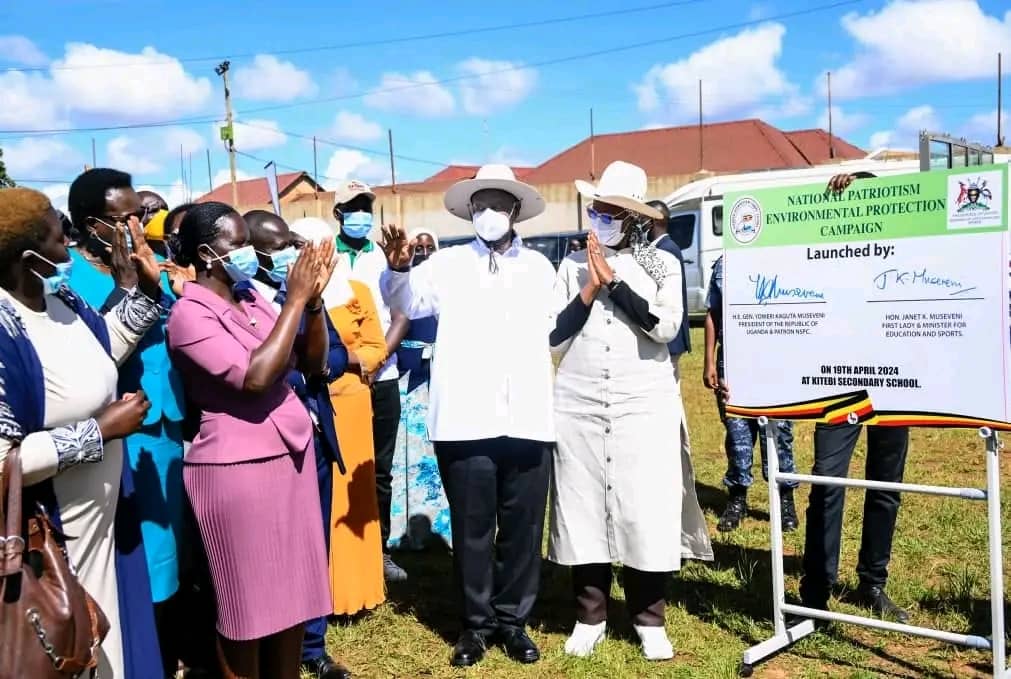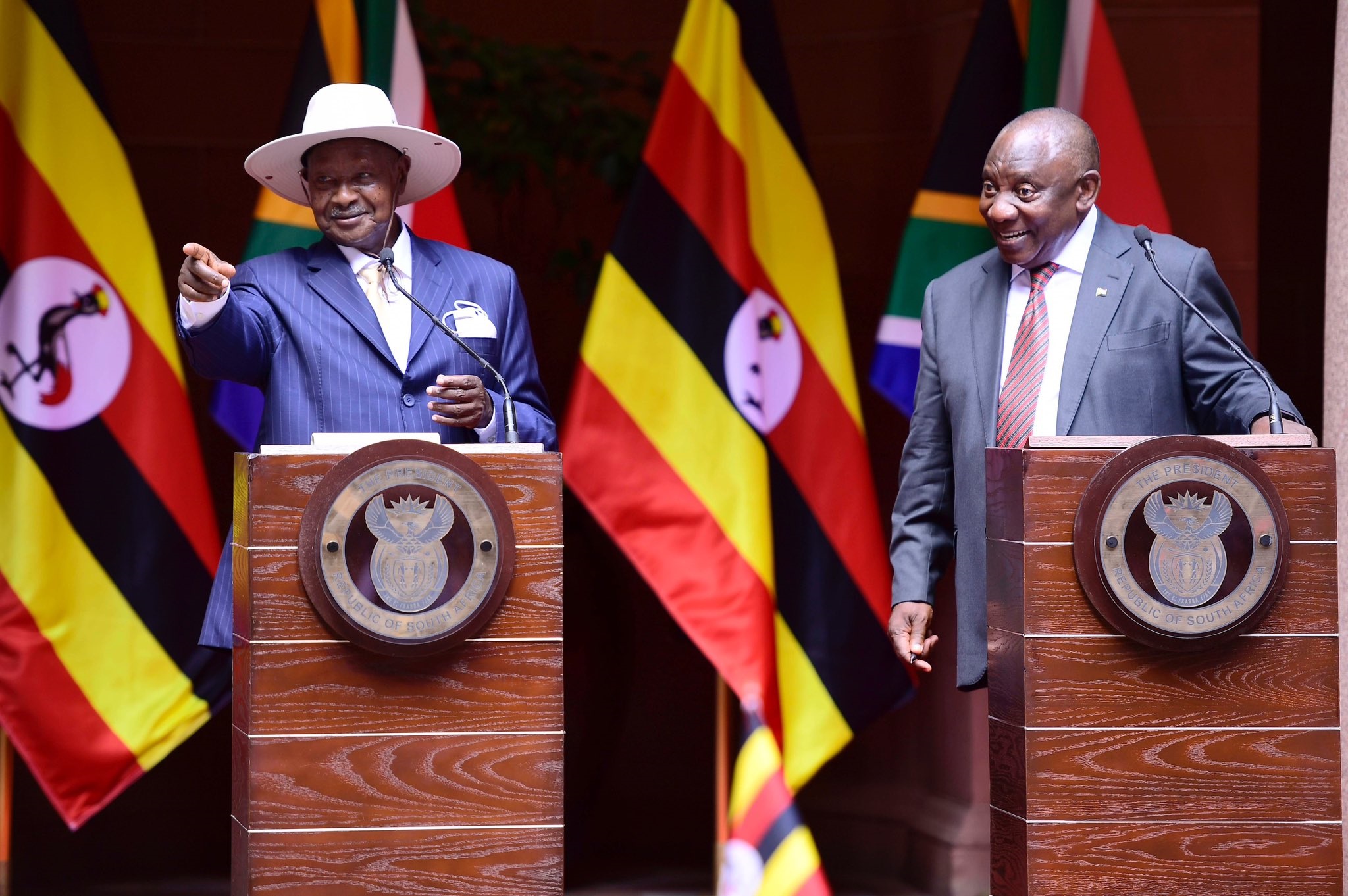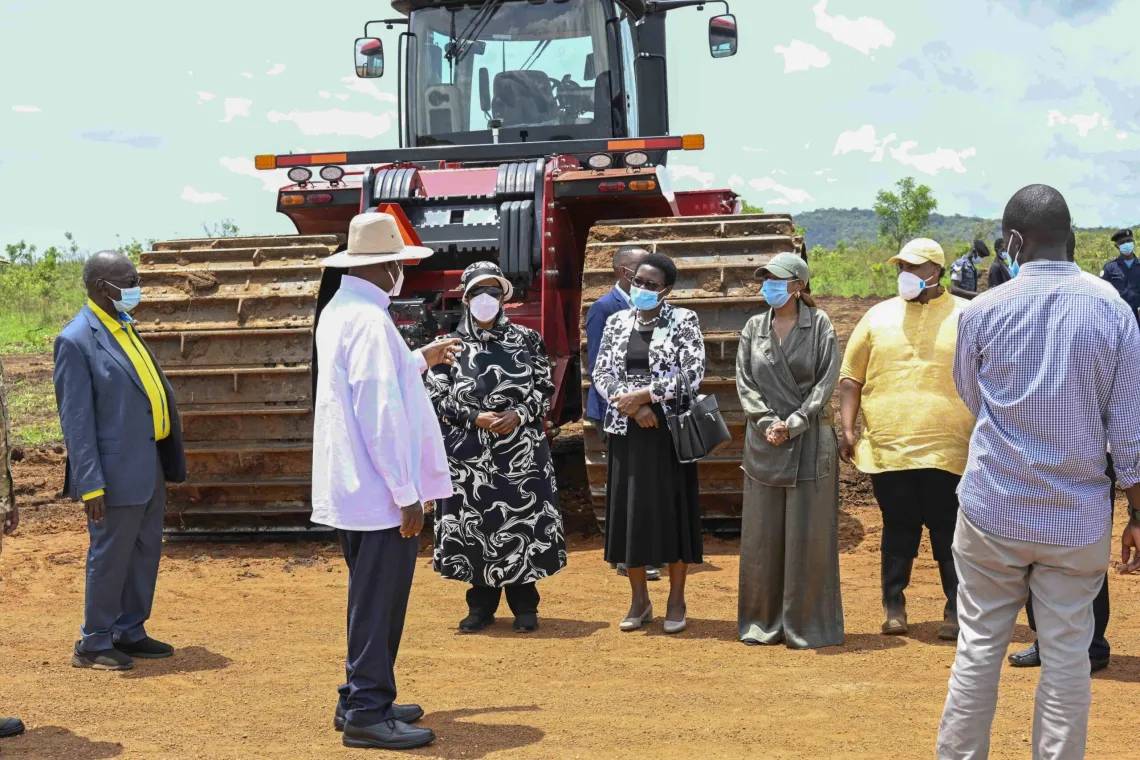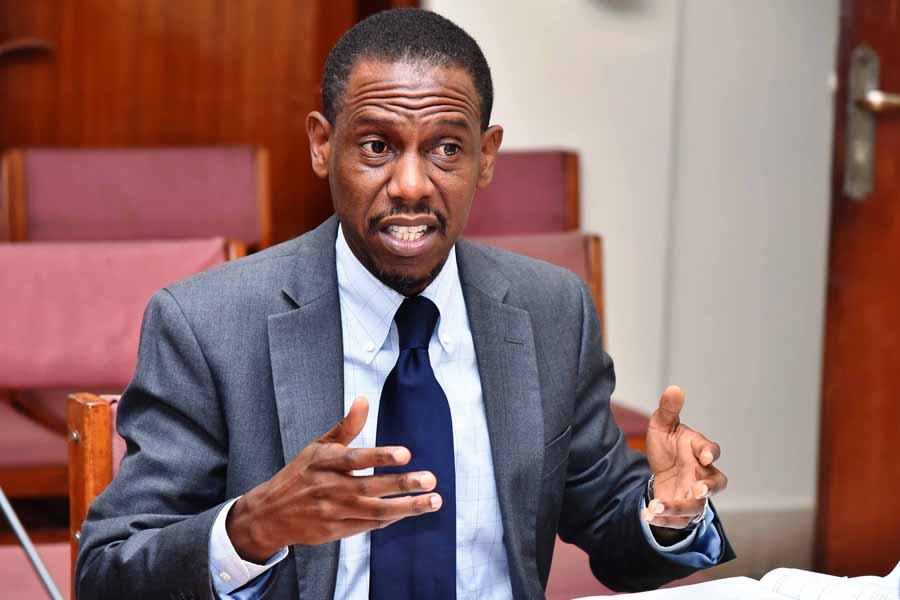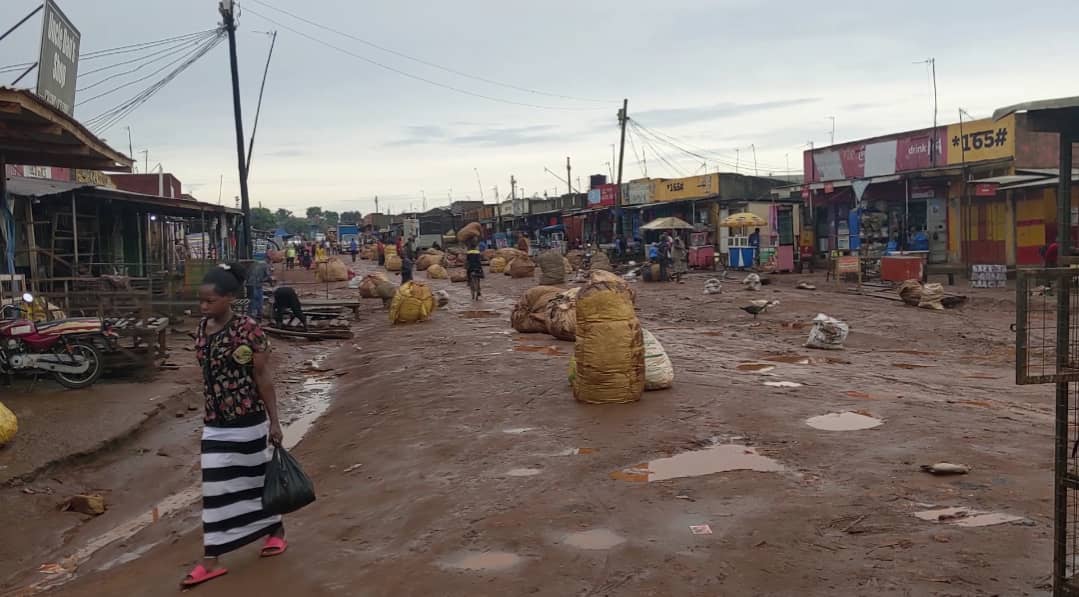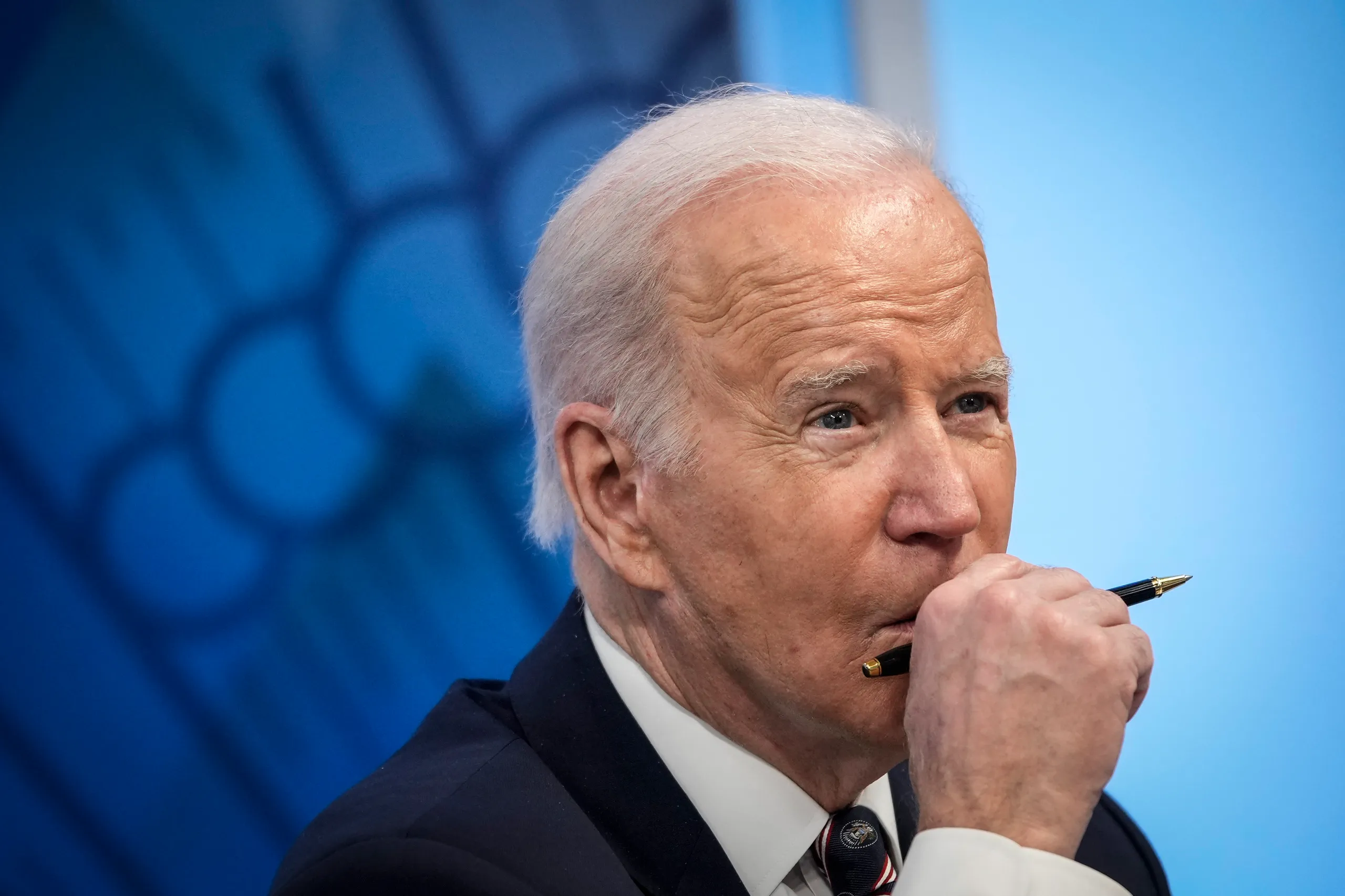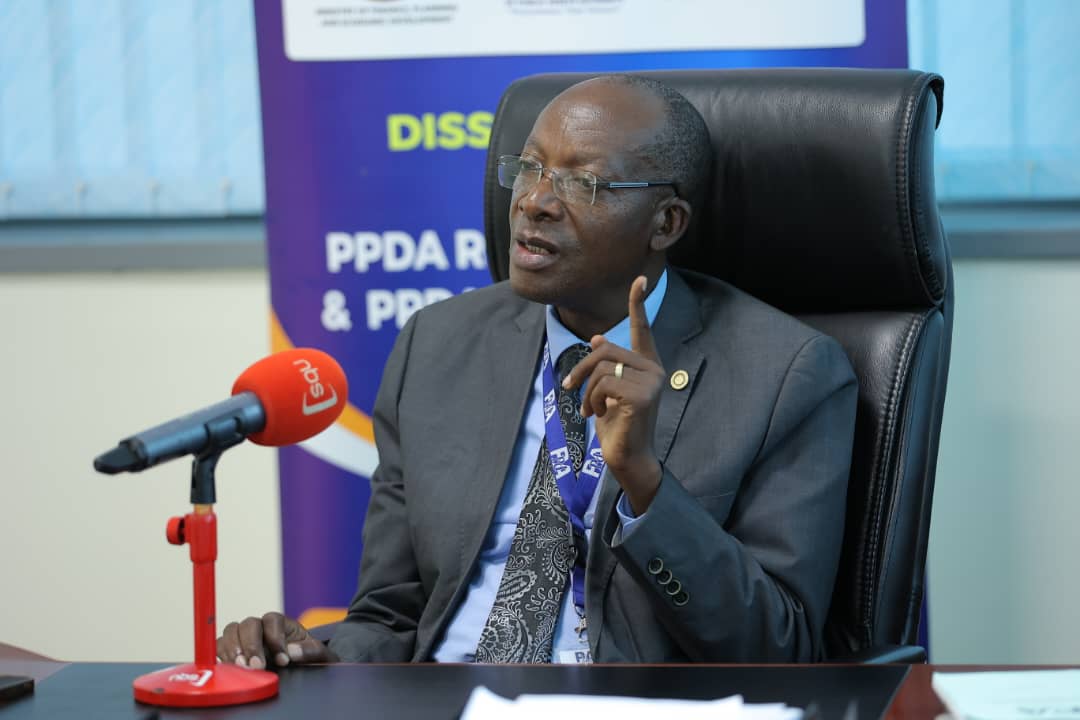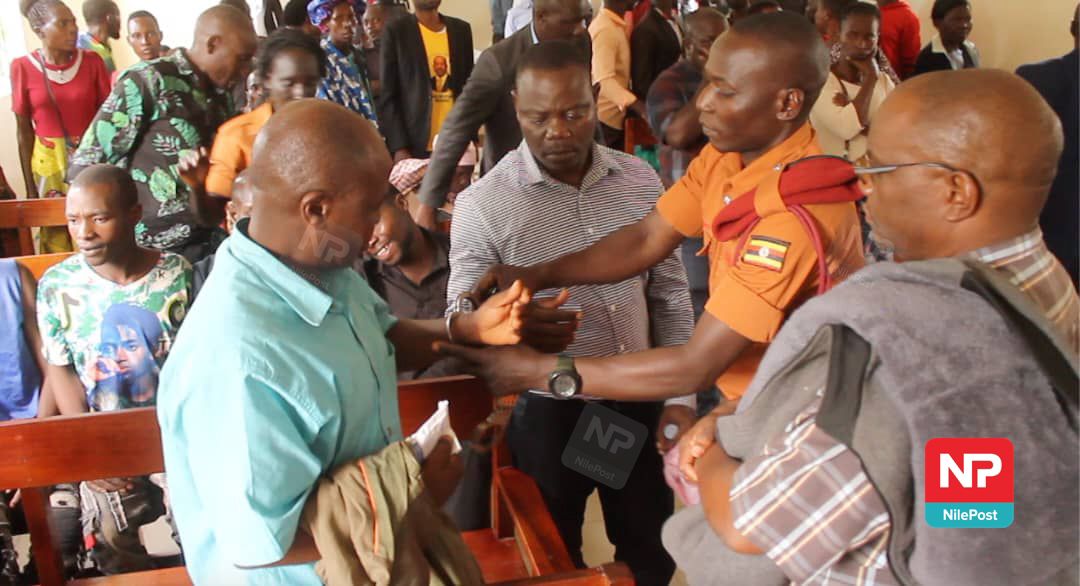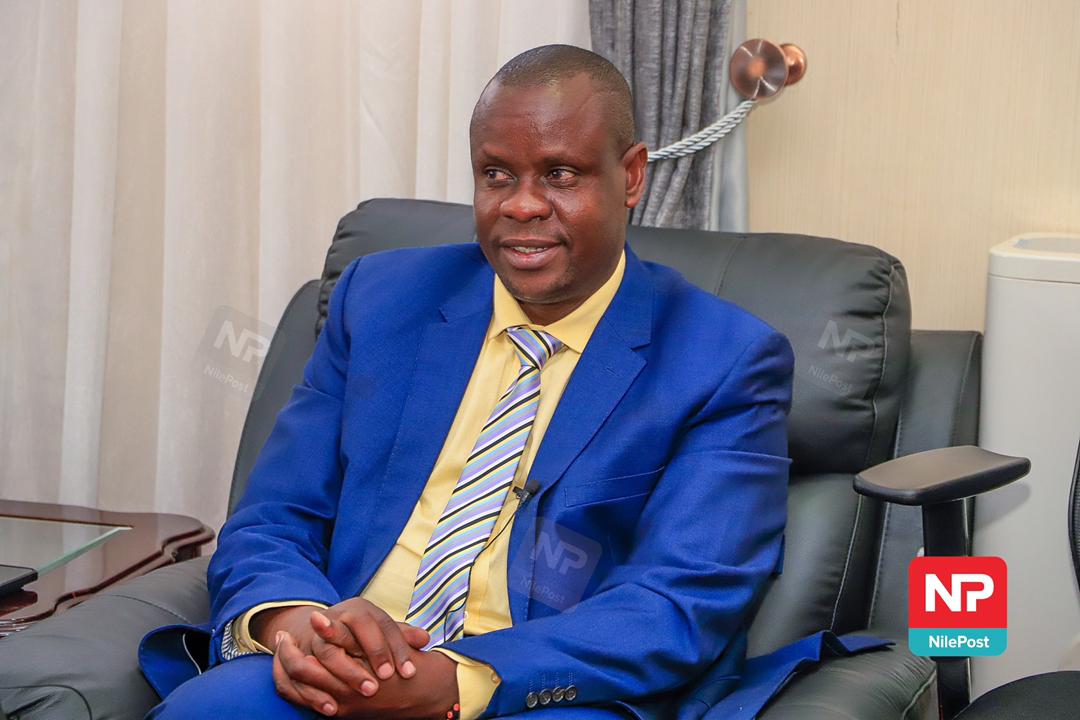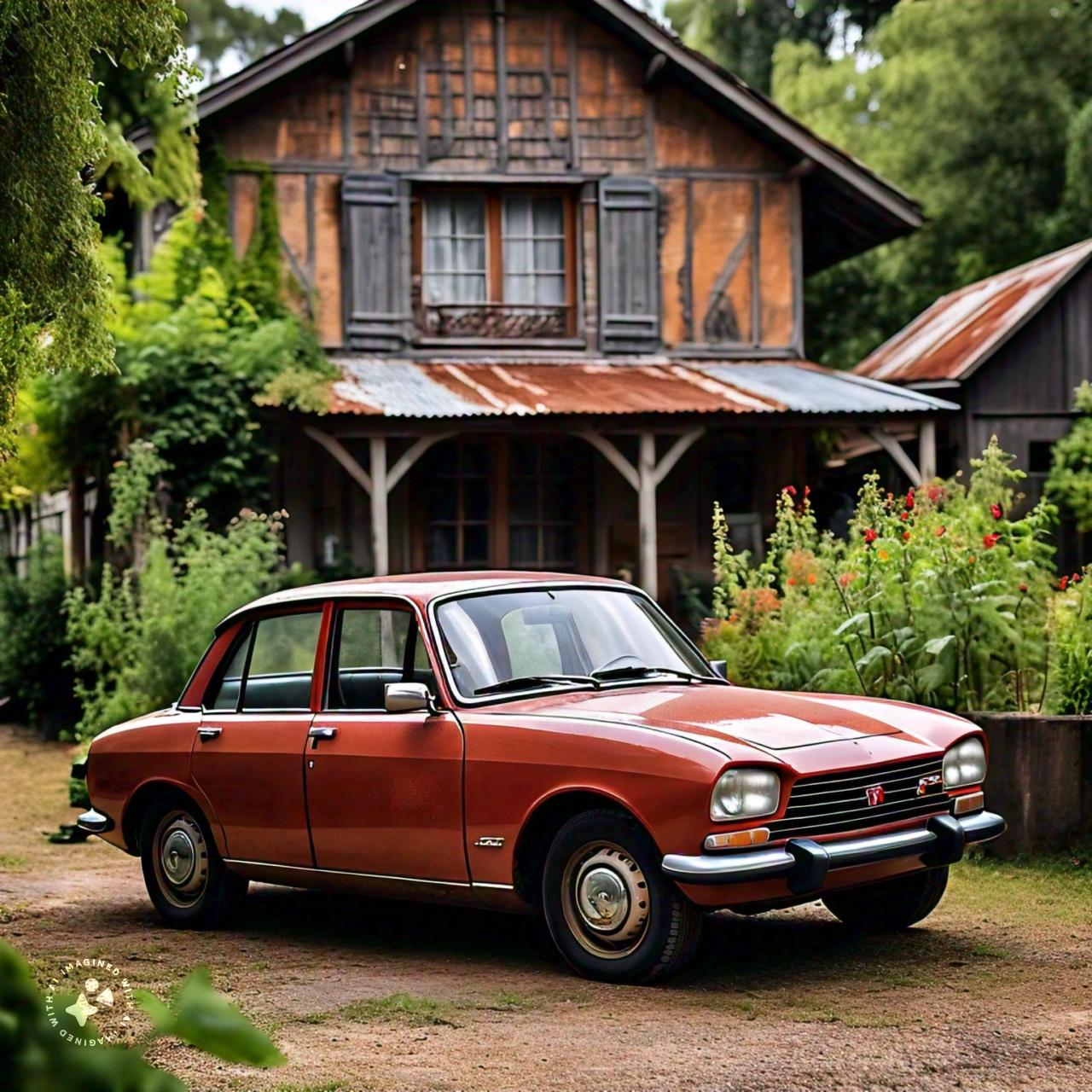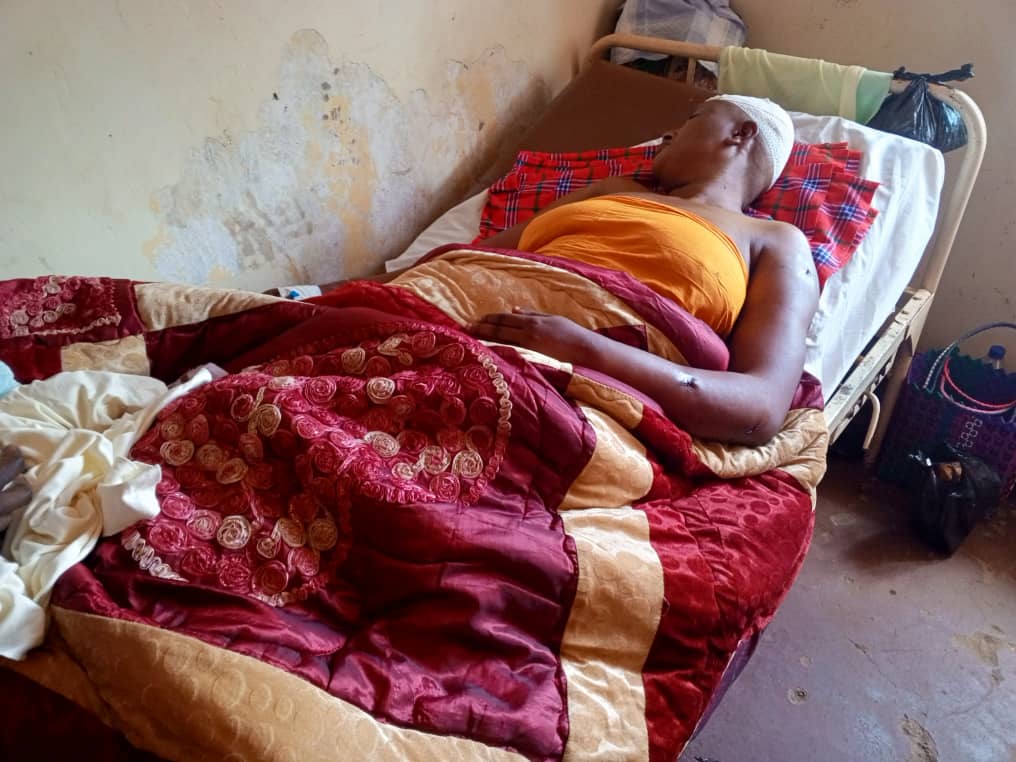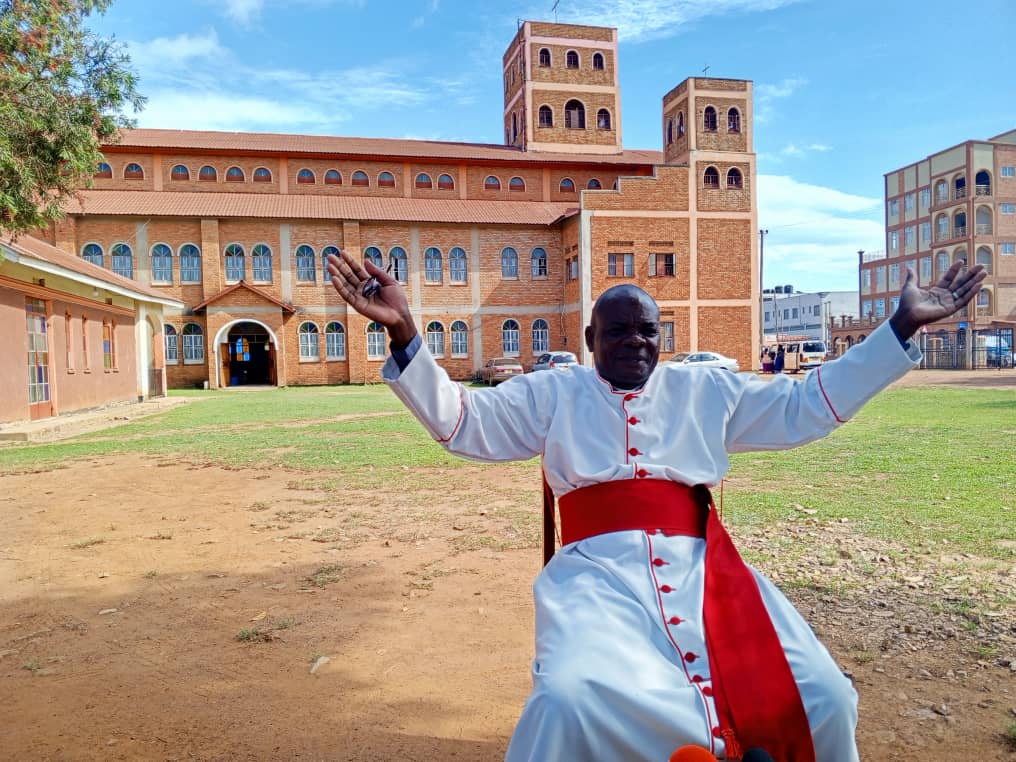Many of the people we spoke to could mention two or three former presidents but nearly all of them failed to name them in their order, from the first to the current leader, President Museveni.
Keep Reading
John Bosco Olupot, a security guard could only mention Obote One and Two, General Tito Okello Lutwa, Professor Yusuf Kironde Lule, General Idi Amin Dada and the current leader, Museveni.
Moses Olal, a carpenter could only remember five of the leaders and not in order. He says he does not remember the rest.
A university graduate, who preferred to speak off-record, stated that she had forgotten many of the leaders she learnt in primary school, but could remember a few.
Paul Kakaire, an Information Technology Specialist, managed to name Sir Edward Mutesa, Apollo Milton Obote and Idi Amin Dada.
After independence in October 1962, Sir Walter Coutts stayed on for a year as Governor and head of state representing Queen Elizabeth II of Great Britain. Apollo Milton Obote was the Executive Prime Minister of the Independent Uganda.
In October 1963, Parliament of Uganda voted Sir Edward Mutesa, the Kabaka of Buganda, as ceremonial president of Uganda.
Rule of the gun
This arrangement fell apart after May 1966 when the army raided Mutesa's palace at Mengo.
In the interim constitution of 1966, commonly cited as the "pigeon hole" constitution because parliament passed it without debating, let alone reading it, Obote abolished the office of ceremonial president and declared himself executive president.
In January 1971, the Obote government was overthrown by his own army led by General Amin, the man he had assigned the duty of attacking Mutesa's palace just four and a half years earlier.
Professor Lule, the man chosen to take over from Amin would last only 68 days in office before being replaced by Binaisa, who had served as Attorney General in the Obote government.
Three 'presidents'
Uganda's rule by the gun was far from over, as Binaisa was himself overthrown in May 1980, after only 11 months in office, by a six-man Military Commission led by Paulo Muwanga and deputised by Yoweri Museveni.
While Muwanga wielded military power and was, to the world, the face of government at the time, three people jointly occupied the office of the president of Uganda.
Back to war
Within two months after the December 1980 elections, Uganda was at war yet again after Museveni, who was a candidate in the elections, picked up arms in February 1981 to fight Obote's second government.
In July 1985, the army (or the Acholi faction of the UNLA) overthrew Obote for the second time. In came General Okello who became Head of State and chairman of the Military Council.
Within a month, the NRA rebels surrounded Kampala, sending General Okello and his government packing.
In contrast, Tanzania has had five presidents, including the incumbent, John Pombe Magufuli. Other leaders have been founding president Julius Nyerere, Ali Hassan Mwinyi, Benjamin Mkapa and Jakaya Mrisho Kikwete.
Kenya has had Jomo Kenyatta, Daniel Arap Moi, Mwai Kibaki and Uhuru Kenyatta while Rwanda has had four leaders including Gregoire Kayibanda, Juvenal Habyarimana, Pasteur Bizimungu and Paul Kagame.
It is Burundi that has had more presidents than Uganda.
The list of leaders Burundi has had include: Michel Micombero, Jean-Baptiste Bagaza, Pierre Buyoya, Melchior Ndadaye, François Ngeze, Sylvie Kinigi, Cyprien Ntaryamira, Sylvestre Ntibantunganya, Domitien Ndayizeye and Pierre Nkurunziza.


